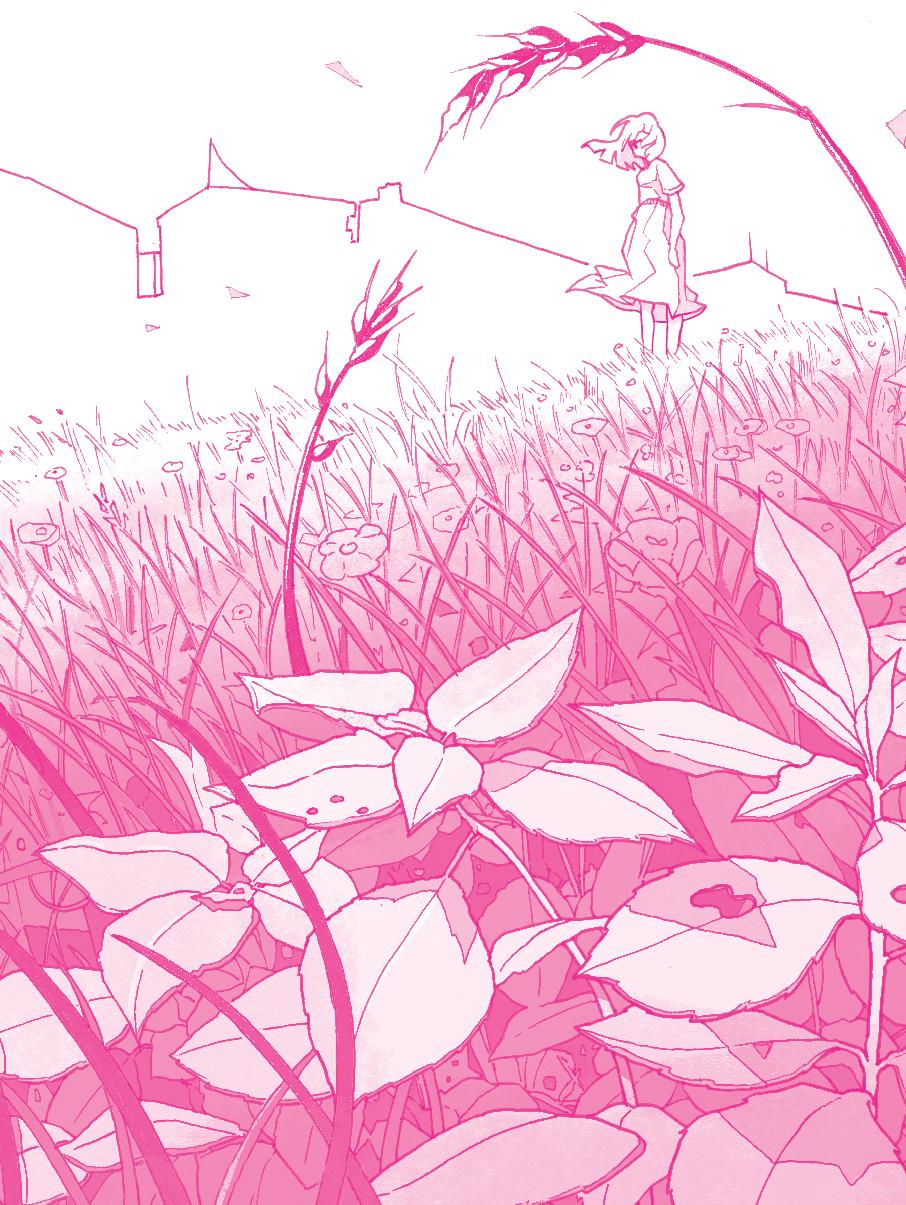
1 minute read
The Resurgence of Nature in Apocalypse TV Stella Bellow
In the post-pandemic age, a certain kind of apocalypse genre has risen in popularity. The Last of Us, a TV show about humans being ravaged by a contagious cordyceps fungus, has the classic moaning zombie with which we’re all familiar. But many, like Station Eleven, a similar post-apocalyptic TV show, illustrate a counterattack of nature. Industrial structures like train cars and gas stations being eaten from the inside out by brambles and vines, and buildings with forests bursting through their floors. These shows portray nature in the process of healing, breaking out of the harsh and man-made, and instinctively creating a world on its own.
The beauty of these shows is that they empathize with the suffering in an apocalypse, while simultaneously showing the upsides of human devastation. They ask the question, what would happen if there was less human activity? Would nature restore itself?
Advertisement
The cultural discussions from The Last of Us prompted scientists to write op-ed pieces about the cordyceps theory, in which – hypothetically – if temperatures warmed enough, the contagious fungus could take over and alter our brains, rendering us brain-dead zombies. As humans, we love to get emotional about a threat to our existence. Yet, I watched Station Eleven in the wake of the pandemic, and I found it quite poignant - the destruction of our society could give way to a more advanced civilization, nature herself.






